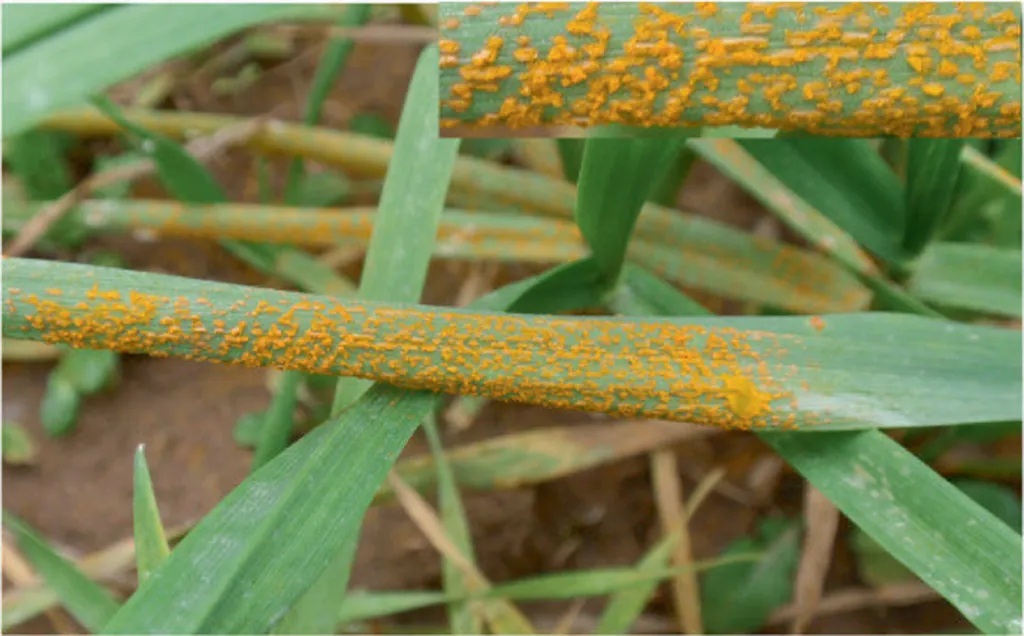In the heart of Bulgaria’s Southern Dobrudja region, a groundbreaking approach to combating one of wheat’s most pervasive foes is taking flight—literally. Researchers, led by Atanas Z. Atanasov from the Department of Agricultural Machinery at the University of Ruse “Angel Kanchev,” are harnessing the power of drones and deep learning to detect yellow rust (*Puccinia striiformis*) in wheat fields. This innovative method promises to revolutionize disease monitoring and management, offering a low-cost, accessible solution for farmers.
Yellow rust is a significant threat to wheat yields, particularly in regions with cooler temperatures and frequent rainfall. Early detection is crucial for effective control, but traditional methods can be time-consuming and labor-intensive. Enter Atanasov’s team, who have developed a UAV-based approach using only RGB imagery and deep learning for pixel-based classification. “Our goal was to create a tool that could accurately identify infected areas and differentiate them from healthy zones,” Atanasov explains. “This would enable precision fungicide application, reducing pesticide use and improving disease monitoring.”
The methodology involves data acquisition, preprocessing through histogram equalization, model training, and evaluation. Among the tested models, a UnetClassifier with ResNet34 backbone emerged as the top performer, achieving the highest accuracy and reliability. Field experiments confirmed the approach’s potential, with the model even showing signs of detecting early-stage infections. “While further validation is needed due to limited ground-truth data, the results are promising,” Atanasov notes.
The implications for the agricultural sector are substantial. This low-cost, accessible tool could be a game-changer for small and medium-sized farms, offering a more efficient and effective way to monitor and manage yellow rust. By reducing pesticide use and improving disease monitoring, farmers can enhance their yields and profitability.
The research, published in the journal *Applied Sciences* (translated from Bulgarian as “Applied Sciences”), opens up new avenues for future developments. Atanasov and his team plan to refine the model’s detection accuracy in low-infection areas and extend its application to other cereal diseases. “This is just the beginning,” Atanasov says. “We see tremendous potential in this technology and its ability to transform disease management in agriculture.”
As the world grapples with the challenges of feeding a growing population, innovations like this are more important than ever. By leveraging the power of technology, researchers like Atanasov are paving the way for a more sustainable and productive future in agriculture.

